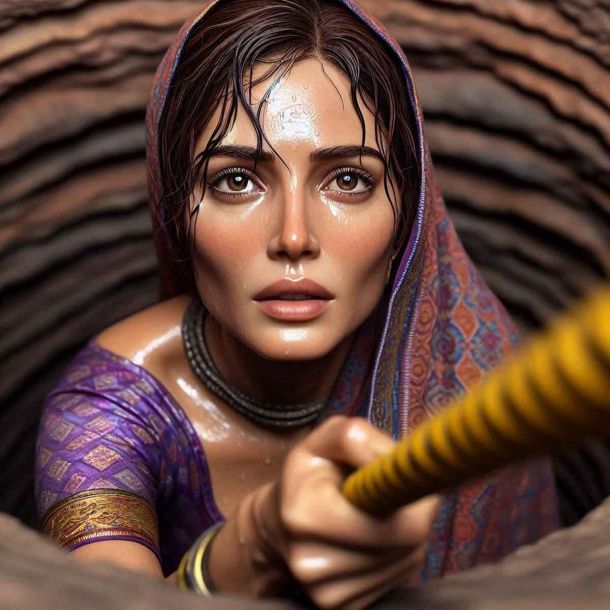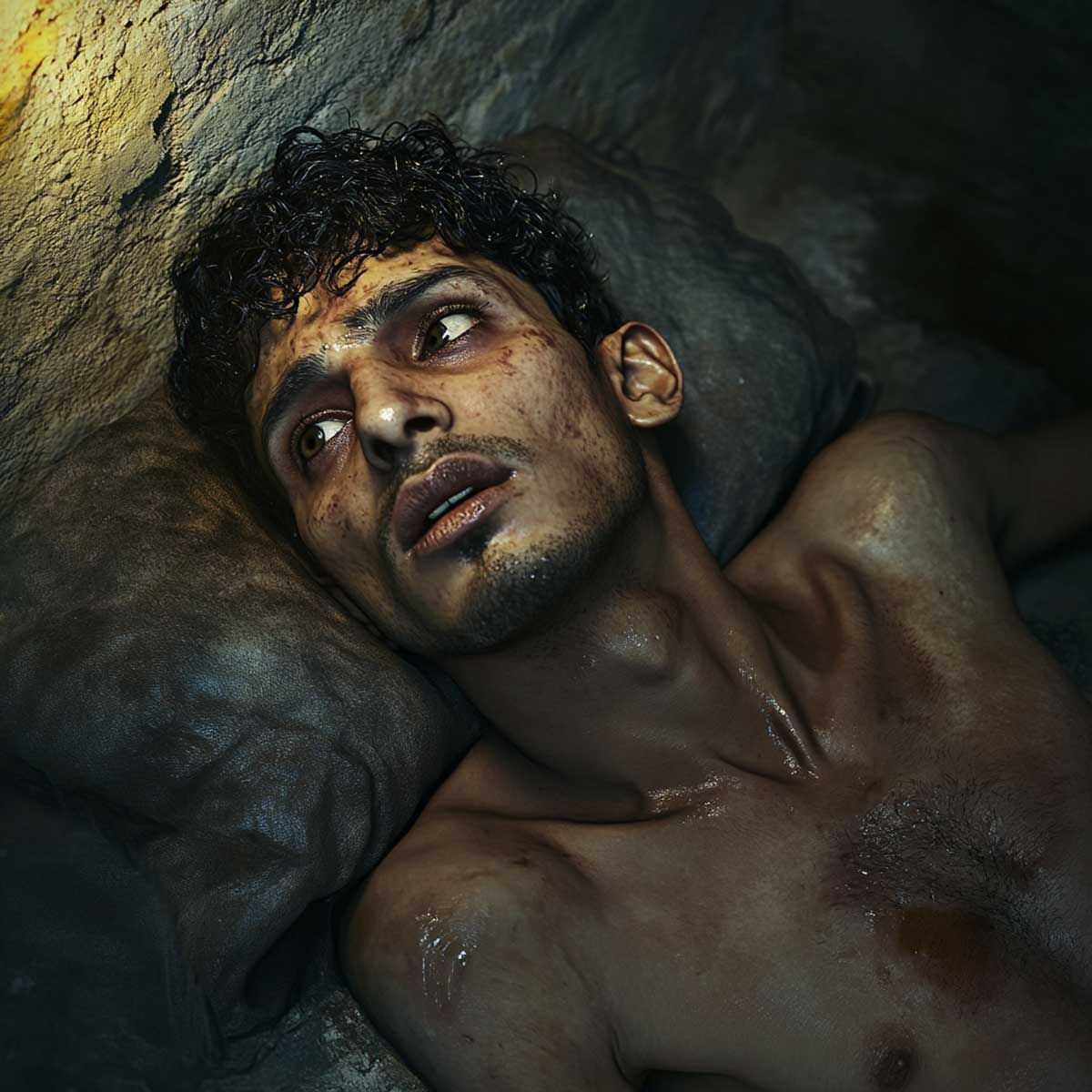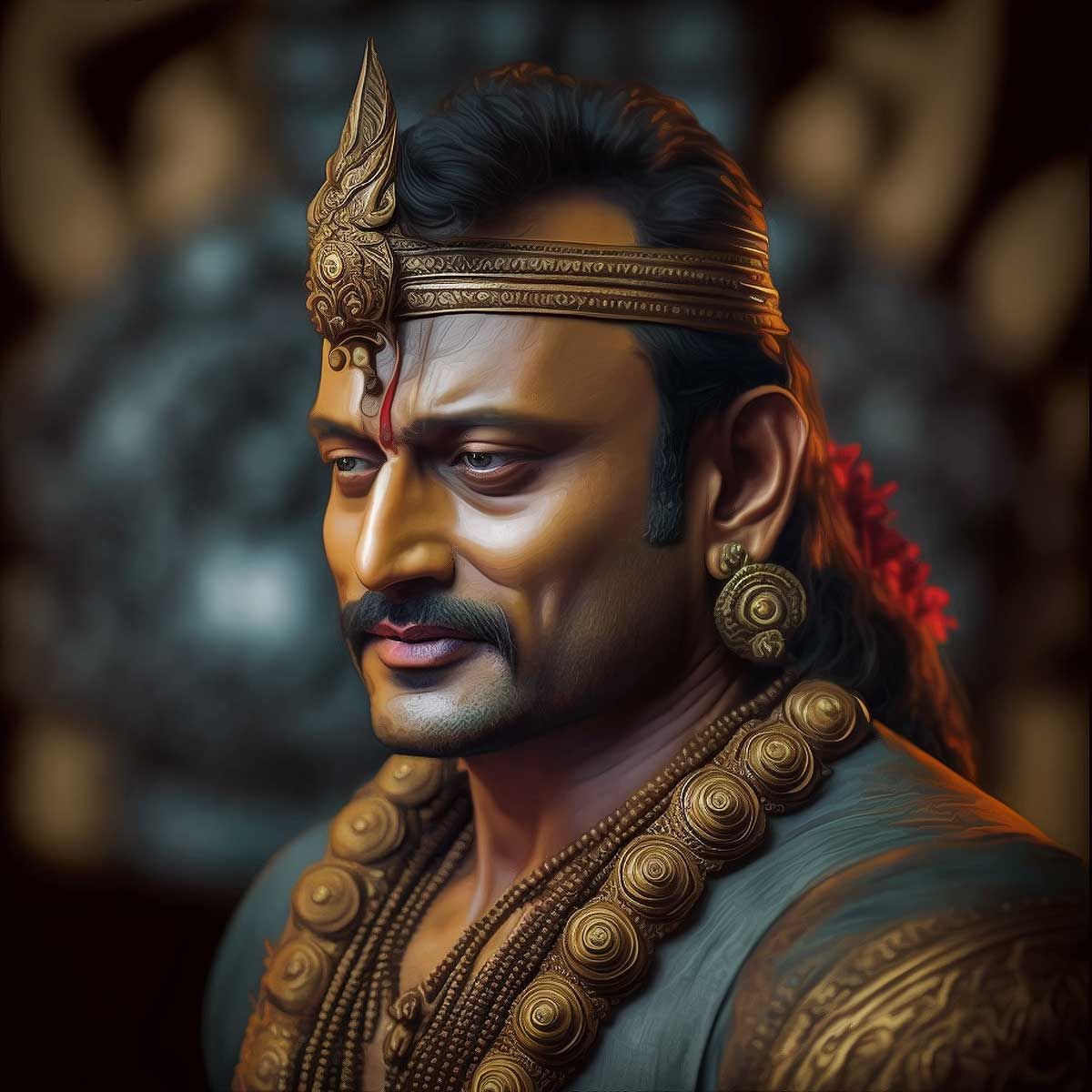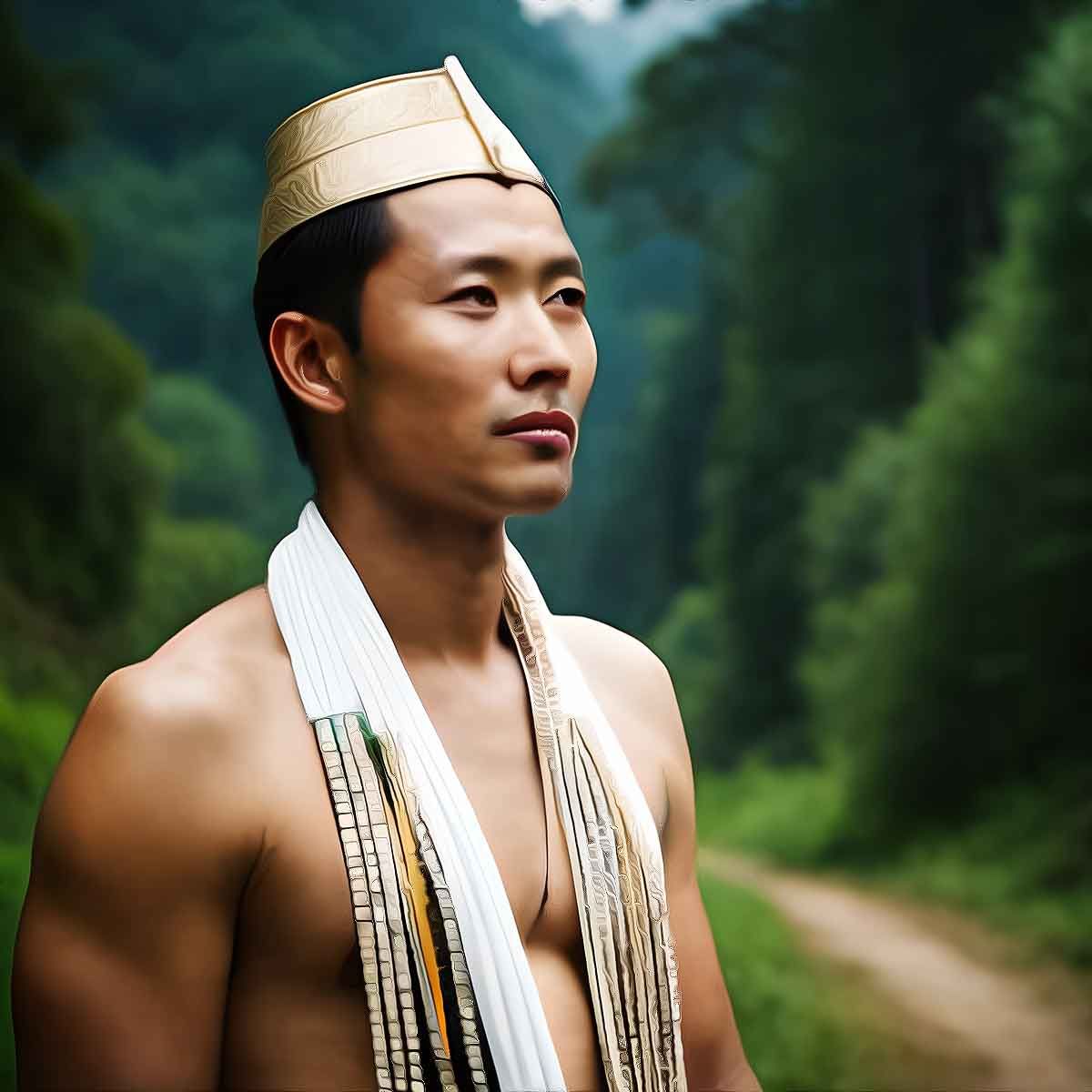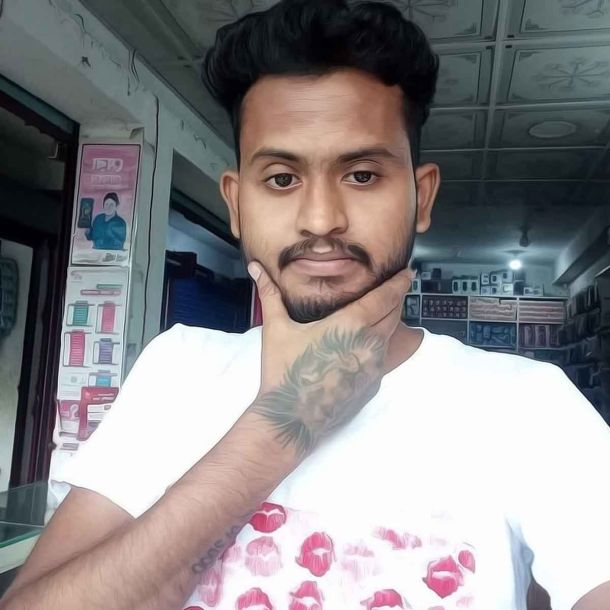More Coverage
Twitter Coverage
Satyaagrah
Written on
Satyaagrah
Written on
Satyaagrah
Written on
Satyaagrah
Written on
Satyaagrah
Written on
Join Satyaagrah Social Media
Culture And Heritage - Meenakshi Temple Madurai

Meenakshi temple also known as Arulmigu Meenakshi Sundareshwarar Temple is a historic Hindu temple located on the southern bank of the Vaigai River in Madurai, Tamil Nadu. It is dedicated to Devi Meenakshi (Parvati) and her consort, Sundareshwar (Shiva). Tamil Sangam literature (6th century CE) mentions about this temple in detail.
This temple is one of the 275 Paadal Petra Sthalams (i.e., 275 temples of Bhagwan Shiva that are revered in the verses of Tamil Saiva Nayanars of 6th-9th century CE). According to the Tiruvilaiyatal Puranam, of the list of 68 pilgrimage places in Shaivism, four are most important: Kashi (Varanasi), Chidambaram, Tirukkalatti (Sri Kalahasti) and Madurai.
Temple History
Madurai Meenakshi Sundareswarar temple was built by King Kulasekara Pandya (1190-1216 CE). He built the main portions of the three-storeyed gopura at the entrance of Sundareswarar Shrine and the central portion of Devi Meenakshi Shrine and several other shrines in the temple premises. He also built a Mahamandapam.
Kulasekara Pandya was also a poet and he composed a poem on Meenakshi named Ambikai Malai. Maravarman Sundara Pandyan I built a gopura in 1231. Chitra gopuram, also known as Muttalakkum Vayil, was built by Maravarman Sundara Pandyan II (1238-1251).
Maravarman Sundara Pandyan II also added a pillared corridor to the Sundareswara shrine and the Sundara Pandyan Mandapam. It was rebuilt after the 14th-century damage, its granite structure was renovated after 1595. Though the temple has historic roots, most of the present campus structure was rebuilt after the 14th century CE, and later renovated and expanded in the 17th century by Tirumala Nayaka.
In the early 14th century, the armies of Delhi Sultanate led by Muslim Commander Malik Kafur plundered the temple, looted it of its valuables and destroyed the Madurai temple town along with many other temple towns of South Bharat. The current temple structure is the result of rebuilding efforts started by the Vijayanagara Empire rulers.
In the 16th century, the temple complex was further expanded and fortified by the Nayak ruler Vishwanatha Nayakar and later by others. The restored complex now houses 14 gopurams (gateway towers), ranging from 45–50m in height, with the southern gopura tallest at 51.9 metres (170 ft).
The complex has numerous sculpted pillared halls. It’s shrines are dedicated to Hindu deities and Shaivism scholars, with the vimanas above the garbhagrihas (sanctums) of Meenakshi and Sundaresvara gilded with gold. Though the temple is a major pilgrimage destination within the Shaivism tradition, dedicated to Meenakshi Devi and Shiva, it also includes Sri Vishnu in many narratives, sculptures and rituals as he is considered to be Meenakshi’s brother. Vaishnava texts mention this temple city of Madurai as “Southern Mathura”.
The temple attracts over a million pilgrims and visitors during the annual 10-day Meenakshi Tirukalyanam festival, celebrated with much festivities and a ratha (chariot) procession during the Tamil month of Chittirai (i.e., April–May in Georgian calendar, Chaitra in North Bharat). The Temple has been adjudged best ‘Swachh Iconic Place’ in Bharat in 2017 and second best ‘Iconic Place’ in 2019 under Swachh Bharat Abhiyan
Devi Meenakshi is the principal deity of the temple, unlike most Shiva temples in South Bharat where Shiva is the principal deity.
According to a legend found in the Tamil text Tiruvilaiyatarpuranam, king Malayadwaja Pandya and his wife Kanchanamala performed a Yajna seeking a son for succession. Instead a daughter is born out of the fire. The girl grows up, the king crowns her as the successor and when she meets Shiva, she takes her true form of Meenakshi.
In medieval literature and inscriptions, Madurai is sometimes referred to as Kadambavanam or Velliambalam. Kadamba is an East Bharat’s shade tree (Anthocephalus cadamba) of the family Rubiaceae having hard yellowish wood and globose clusters of flowers. Velliambalam means “silver hall” where Shiva performed his cosmic dance. This temple city was described to be the sangam of scholars, or a place where scholars meet.
Architecture
The Nayaka rulers followed the Hindu texts on architecture called the Shilpa Shastras in redesigning the temple city plan and the Meenakshi temple. The city was laid out in the shape of concentric squares and ring-roads around them, with radiating streets culminating in the Meenakshi-Sundaresvara temple. The temple at the centre linked by well- designed roads is like a radiating lotus with its petals.
During the colonial era, this temple city attracted a hub of Christian missionary activity headed by competing missions from Portugal and other parts of Europe. In 1959, local people began collecting donations and initiated restoration work in consultation with engineers, Hindu monasteries, historians and other scholars. The completed restoration was celebrated with a Kumbhabhishekam in 1995.
The temple has its traditional version of history that it calls Shiva-lilas (sports of Shiva), and sixty four of these episodes are painted as murals around the temple walls. These depict the many destructions of Madurai and the temple, then its rise from the ashes and ruins of the destruction every time.
The temple complex is spread over about 14 acres (5.7 ha) houses an estimated 33,000 sculptures along with several shrines, corridors, and pillars that are adorned with wonderful artwork. The courtyard is close to a square with each side of about 800 feet, but actually a rectangle with one side about 50 feet longer.
The complex has numerous shrines and mandapas, of which the most important and largest are the two parallel shrines in the innermost courtyard, one for Meenakshi and other for Sundareshvara. Additionally, the complex has a golden lotus sacred pool for pilgrims to bathe in, a thousand-pillar hall with extensive sculpture, the kalyana mandapa or wedding hall, many small shrines for Hindu deities and for scholars from the sangam (academy) history.
The temple is surrounded by a commercial hub and traditional markets. The temple complex has had a living history, has been in use for almost all of its history except for about 60 years when it was closed and in ruins after its destruction in the 14th century.
The temple has 14 gopurams, the tallest of which is southern tower, rises to over 170 ft (52 m) and was rebuilt in the late 16th century. The oldest gopuram is the eastern one, built by Maravarman Sundara Pandyan during 1216-1238. Each gopuram is a multi-storeyed structure, covered with sculpture painted in bright hues.
The outer gopurams are high pyramidal towers whereas the inner gopuram are smaller and act as the entrance gateways to various shrines. Out of 14 gopurams there are 4 nine-storey gopurams (outer, raja), 1 seven-storey gopuram (Chittirai), 5 five-storey gopurams, 2 three-storey, and 2 one-storey gold-gilded sanctum towers. Of these five are gateways to the Sundareshvara shrine, three to the Meenakshi shrine.
Chinnappa Nayakkar constructed the 100-pillared Nayaka Mandapam in the northeastern part of second courtyard in 1526. This mandapa houses the famed Nataraja statue with his “right” leg up in dance mudra, instead of the left leg typically found in Nataraja bronzes.
The small six-pillared oonjal (swing) mandapam has the images of Meenakshi and Sundareswarar. These images are placed on the swing every Friday evening and swung. The shrine has a 3-storied gopuram flanked by two Dvarapalakas (guardians) and supported by golden, rectangular columns that bear lotus markings. Along the perimeter of the chamber, granite panels of the divine couple Bhagwan Shiva and his consort Parvati are present. The hall is situated in the western bank of the temple tank.
The Kambatadi Mandapam (“Hall of temple tree”) with its seated Nandi (sacred bull) has various manifestations of Shiva carved and also contains the famous “Marriage of Meenakshi” sculpture. Other sculptures here include those of Shiva and Kali in a dance competition, a golden flagstaff and Durga.
The Thousand-Pillared Hall built in 1569 AD contains 985 (instead of 1000) carved pillars, with two shrines occupying the space of the remaining 15 pillars. Each pillar in the hall is a carved sculpture. The more prominent among the carved figures are those of Rati Devi (wife of Kama Deva), Karthikeya, Ganesha, Shiva as a wandering mendicant. There is a Temple Art Museum in the hall where icons, photographs, drawings, and other exhibits of the temple are displayed. Just outside this hall, towards the west, are the Musical Pillars. Each pillar, when struck, produces a different musical note.
The Vira vasantha raya mandapam is to the south of the 1000-pillar mandapam, and was completed in 1611 by Muthu Veerappa Nayakar I. It contains a Nandi facing the main Sundaresvara sanctum. To the south of this hall is the kalyana mandapam (marriage hall). It is here that the marriage of Shiva and Parvati is celebrated every year during the Chithirai festival which falls around April- May.
Pancha Sabhai and Shiva’s cosmic dance
At the center of the sanctum sanctorum in Madurai temple, the famous image of Nataraja (dancing form of Bhagwan Shiva) on a massive silver altar can be found. This shrine is also known as Velli Ambalam (silver abode). The Tamil word velli means silver and ambalam means stage or altar.
This massive Nataraja sculpture is enclosed in a huge silver altar and hence called “Velli Ambalam” (silver abode) or vellichabai. The shrine of Sundareswarar is considered as one of the Pancha Sabhai (five courts), where the Tamil Hindu tradition believes Shiva performed cosmic dance. The other four courts are in Nataraja temple, Chidambaram (Porchabai i.e., gold hall known for Ananda Tandavam); Vadaranyeswar temple, Thiruvalangadu (Rathinachabai i.e., emerald hall known for Kali Tandavam); Nellaiappar temple, Thirunelveli (Thamirachabai i.e., copper hall known for Muni Tandavam); and Kutralanatha temple, Courtallam (Chittirachabai i.e., art, known for Tripura Tandavam).
In all these dances, one can see the lord lifting the left foot with his right foot firmly on the ground except in Madurai temple. The unusual feature about the Nataraja murti at Meenakshi temple, Madurai, is the shift of his leg that is dancing with his raised right foot while balancing on the left foot.
Pujas and festivals
The temple has a six time pooja calendar every day, each comprising four rituals namely abhisheka (sacred bath), alankaram (decoration), neivaithyam (food offerings) and deepa aradhana (lamp ceremony) for both Meenakshi and Sundareswarar. The rituals and festivals are accompanied with music with nadhaswaram (pipe instrument) and tavil (percussion instrument), recitation of the Vedas.
The temple celebrates the Navarathri festival, also known as Dasara or Dussehra elsewhere. During this autumn festival, the temple complex is lit up at night with colourful lights. The mandapam halls display mythological scenes from Hindu texts using little dolls. People in large numbers particularly with children visit the temple during this festival.
Shyama Shastri, (1762-1827) one of the Trinity of Carnatic music (Saint Thyagaraja and Muthuswami deekshitar are the other two), had composed a set of nine Telugu songs in praise of Meenakshi of Madurai, which are referred to as Navaratnamalika (Garland of nine gems).
Madurai is a city of temples. This city being the capital of the erstwhile Pandyan dynasty is well known for its culture, architecture, people and cuisine. The city is also famous for jasmine flowers.
Madurai is well connected by train and road and has an airport.
 Support Us
Support Us
Satyagraha was born from the heart of our land, with an undying aim to unveil the true essence of Bharat. It seeks to illuminate the hidden tales of our valiant freedom fighters and the rich chronicles that haven't yet sung their complete melody in the mainstream.
While platforms like NDTV and 'The Wire' effortlessly garner funds under the banner of safeguarding democracy, we at Satyagraha walk a different path. Our strength and resonance come from you. In this journey to weave a stronger Bharat, every little contribution amplifies our voice. Let's come together, contribute as you can, and champion the true spirit of our nation.
 |  |  |
| ICICI Bank of Satyaagrah | Razorpay Bank of Satyaagrah | PayPal Bank of Satyaagrah - For International Payments |
If all above doesn't work, then try the LINK below:
Please share the article on other platforms
DISCLAIMER: The author is solely responsible for the views expressed in this article. The author carries the responsibility for citing and/or licensing of images utilized within the text. The website also frequently uses non-commercial images for representational purposes only in line with the article. We are not responsible for the authenticity of such images. If some images have a copyright issue, we request the person/entity to contact us at satyaagrahindia@gmail.com and we will take the necessary actions to resolve the issue.
Related Articles
- Srikalahasti Temple, Dakshina Kailash
- Biggest Wonder of the World : Kitchen of Lord Shri Jagannath
- Jagannath Temple administration issues clarification on proposed sale of temple lands
- Lakshmi Narasimha Swamy Temple, Antarvedi, Andhra Pradesh
- Shri Murudeshwar Temple: Home To The World’s Second Tallest Shiva Statue
- An Artisan Heritage Crafts Village: Indigenous Sustainability of Raghurajpur
- The forgotten temple village of Bharat: Maluti
- PM Narendra Modi inaugurated the Statue of Equality of Sri Ramanujacharya and emphasized 'Progressiveness does not mean detaching from one’s roots and that there is no conflict between progressiveness and antiquity.'
- A new symbol of Hindutva pride, Shri Kashi Vishwanath Temple Corridor
- “The bigmouths never visited Lord Ram’s birthplace and kept on playing politics”: Ram Mandir chief priest says only BJP cares about Ram Mandir, Modi did Shilanyas and CM Yogi visited 40 times
- Sripuram Golden Temple: Interesting Facts about World’s Largest Golden Temple in India
- Mahakal Temple in Ujjain to get expanded complex with Rs 714 crore in such a way that there will be a feeling of grandeur and divinity: Another reason for devotees to celebrate after Kashi Vishwanath corridor
- Dear NSUI, Bhagat Singh And Subhas Chandra Bose Admired Savarkar And His Ideas
- 5 lakh kg of temple jewellery has been melted so far, DMK government planning to melt even more
- Gita Press Gorakhpur – Bringing Sacred Hindu Texts to Every Hindu Home




